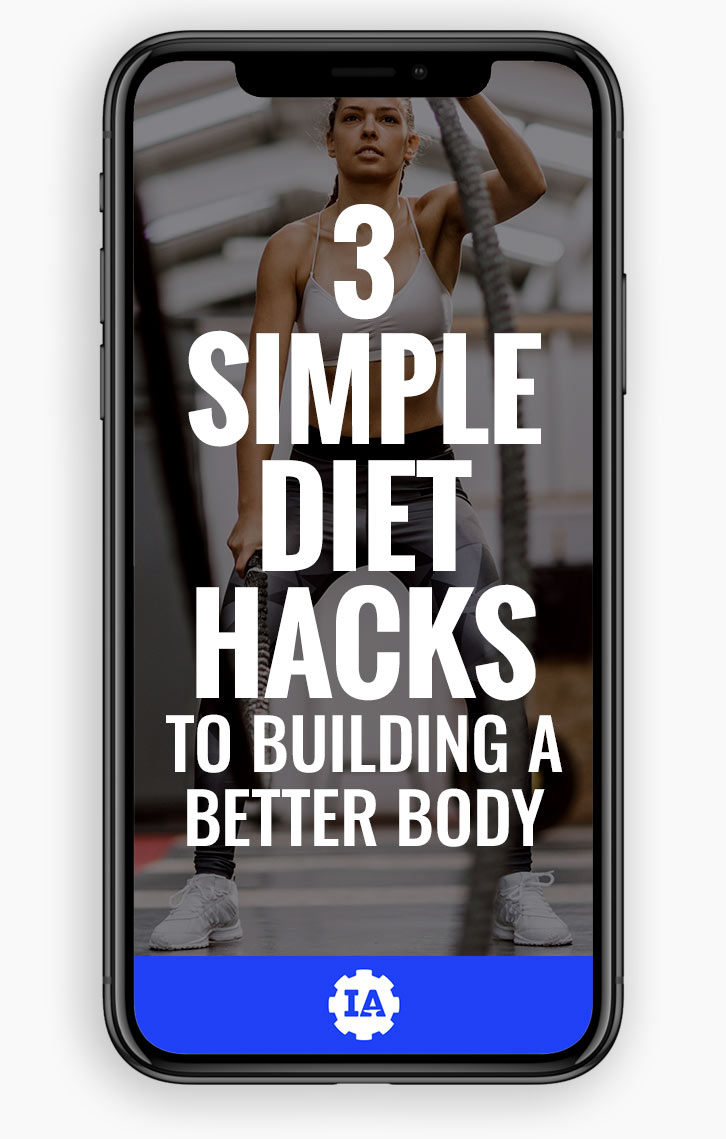Driving with your heels down
Continuing in our series on better rowing, in this post, we are going to dive into some specific details regarding the “drive” phase of the rowing stroke.
After we set up in the catch position with a lot of tension, the rowing stroke starts with a powerful leg drive. This acceleration gets the chain moving with as much force as possible. We then continue that forceful drive by leaning back slightly and pulling with our upper back and arms. However, if we don’t start our drive properly, then we will lose a ton of power. The secret, get your heels onto the footpad as fast as possible.
Heels Down
The easiest way to get your heels onto the foot pad as fast as possible is to keep your heels touching, or close to touching, in your catch position. That way, as soon as you engage your drive, you are pressing through your heels.
The legs should consist of 60% of your powerful drive phase. That means that over half of your force comes from your legs. If you are not maximizing that force, your stroke will be weak.
The Common Fault
There is a common misconception that a long stroke equals a powerful stroke. Therefore, we often see athletes slide their seats too far into the catch position. This causes the heels to raise too much. Then, when the athlete starts the next drive phase, the majority of the leg drive is spent pressing through the toes, not the heels.
Like a Deadlift
In our last post, we used the deadlift as a point of comparison. The deadlift is the most powerful way to pick up a barbell. We can use that same point of comparison here. Think about your deadlift. Think about picking up a max load. You need max power. Would you even think about trying to deadlift a max load while balancing on your toes? We would hope not. Balance issues aside, you will have no power. You cannot engage the correct muscles pressing through the toes. The same principle applies to rowing. Drive through your heels to maximize your power.
Check out this video for a visual explanation:



